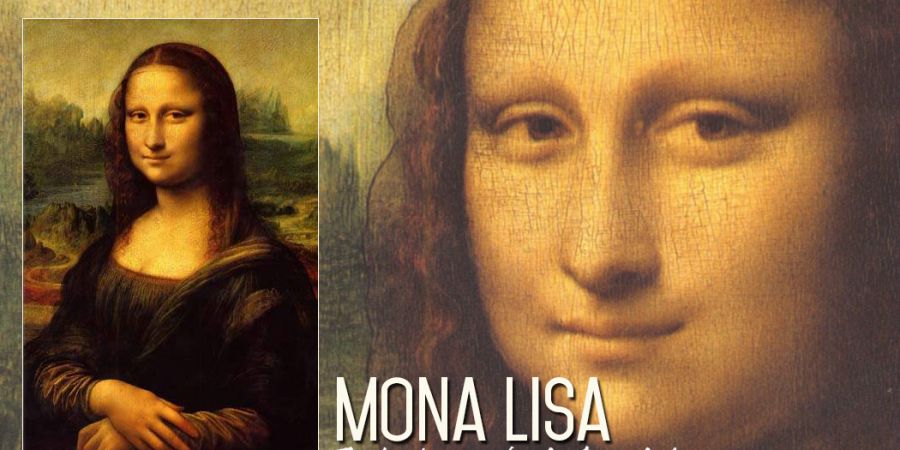

We have different smiles at different times and in different situations, motivated by different feelings and thoughts! What about Mona Lisa's smile? Why was it mysterious?
While visiting the Louvre, I saw huge crowds around the Mona Lisa more than any other painting! While there were many more memorable masterpieces in the Louvre Museum, the Mona Lisa painting drew a large crowd! Why?
As we all know, Mona Lisa was painted by Leonardo Da Vinci in the 16th century. Thanks to Mona Lisa's mysterious smile, the painting has fascinated art lovers for five centuries as the most famous portrait of all time. Yes, it was the smile on Mona Lisa's face that made the painting so famous. Not only that, all the stories mentioned behind the origin of the portrait, whether a man or a woman, made it an object of international interest! Professor Margaret Livingstone of Harvard University said: "The smile appeared only when the viewer looked at other parts of the painting." Professor Livingstone also said: "The smile disappeared when it was looked at because the human eye processes visual information." He continued: "The elusive quality of Gioconda's smile can be explained by the fact that her smile is almost entirely at low spatial frequencies, so it is best seen from our peripheral vision."
Twelve participants were shown nine black and white photos of the Mona Lisa, eight of which were digitally manipulated in the mouth; four made the model happy, the other four sadder.
After shuffling the photos and showing each participant 30 times, the team found that 97 percent of the time, the original photo was judged to be "happy."
"We were really surprised," Juergen Kornmeier, a neuroscientist at a German university, told AFP. "Given the imagery of art and art history, we thought the original would be the most obscure," he said. A second experiment was also conducted, involving eight "sadder" versions of portraits that were shown to participants with more nuanced changes. While the original was still considered happy, they found that the manipulated photos were reported to be even sadder.
Our brain doesn't have an absolutely fixed scale of happiness and sadness," Kornmeier added. "Our brain can scan a field very, very quickly. We note the general range and then adjust our estimates.
The neuroscientist concluded: "There can be ambiguity in the second perspective, but not in the sense of joy and sadness."
